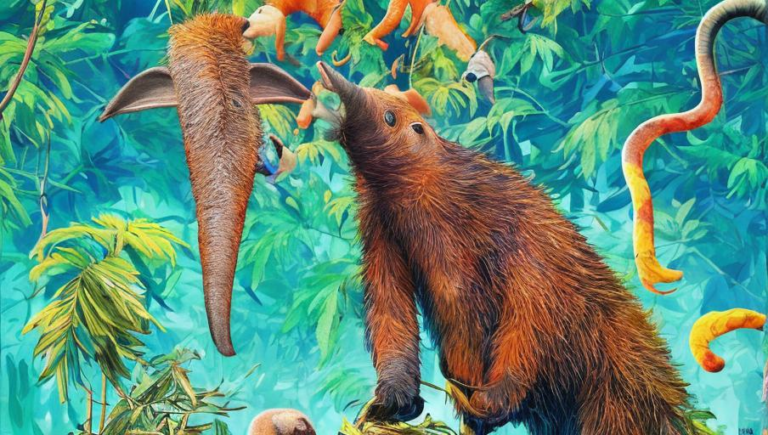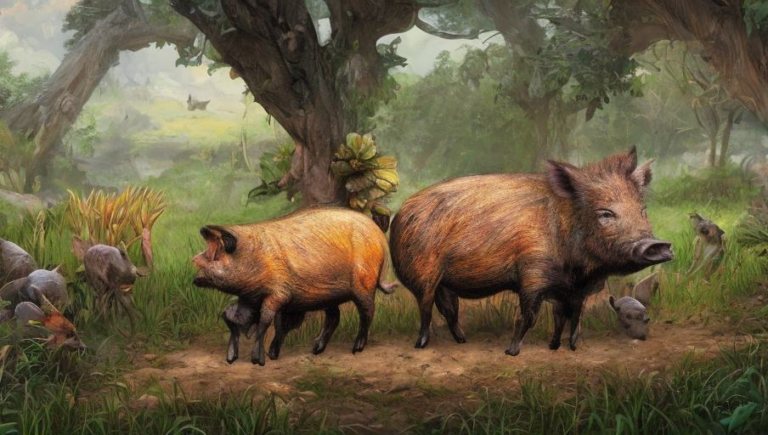Human Impact on the Beaver Population

Introduction
Beavers are an iconic species found in North America, and they have a long history of being both loved and feared by humans. In the past, beavers were hunted for their fur and their meat, and they were also seen as a nuisance, as they would often dam rivers and streams, causing flooding and other damage. Today, beavers are still hunted for their fur, but the main threat to their population is the loss of their natural habitat due to human development.
Changing Habits
Beavers are known for their signature dams, which they build to create ponds and slow-moving streams. This behavior is beneficial in many ways, as it can help to create and maintain wetlands, which are important habitats for a variety of species. However, as humans have encroached on beaver habitats, the beavers have had to adapt to their new environment. While the beavers can still build dams, they are often limited in the size and scope of their projects, as the construction of large dams can often lead to flooding, which can be destructive to humans.
Habitat Loss
The main threat to beaver populations is the loss of their natural habitats due to human development. As humans build roads, homes, and businesses, they are often taking up the natural habitats of the beavers. The destruction of these habitats can lead to a decrease in beaver population, as the beavers are unable to find food or shelter. Additionally, the destruction of the forests and wetlands that beavers depend on can have an effect on other species, as the destruction of their habitat can lead to the decline of other species that need the same habitat to survive.
Restoration Efforts
In recent years, there have been efforts to restore beaver habitats in order to protect and conserve the species. Many organizations, such as the U.S. Fish and Wildlife Service, have taken steps to protect and restore beaver habitats, as well as to educate people on the importance of these habitats. Additionally, some organizations are working to reintroduce beavers into their natural habitats, in order to help restore the species and its habitats.
Conclusion
Beavers are an important species, and the human impact on their population can be devastating. By understanding the threats to their habitats, and taking steps to protect and restore these habitats, we can help ensure the long-term health of the beaver population. Additionally, by educating people on the importance of beaver habitats, we can help ensure that these habitats remain healthy and that the beaver population remains strong.





